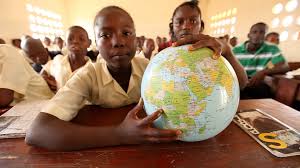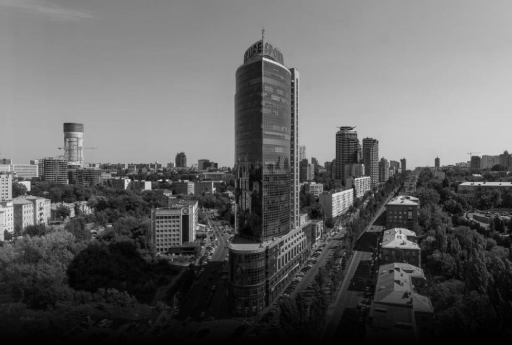Legal Issues of Marginalization and Discrimination
Introduction
Marginalization and discrimination are serious social problems that violate human rights and impede the achievement of justice and equality in society. Legal regulation of these issues is an important tool for protecting the rights of individuals and groups subject to discrimination. In this article, we will consider the main legal aspects of marginalization and discrimination, including international standards, national legislation, mechanisms for protecting rights and practical steps to overcome these phenomena.
International Standards
Main Documents
- The Universal Declaration of Human Rights: Article 1 proclaims that all human beings are born free and equal in dignity and rights.
- The International Covenant on Civil and Political Rights: Prohibits discrimination on the basis of race, color, sex, language, religion, political or other opinion, national or social origin, property, birth or other status.
- The International Covenant on Economic, Social and Cultural Rights: Affirms the right to equality and prohibits discrimination in economic, social and cultural rights.
- The Convention on the Elimination of All Forms of Discrimination against Women: Prohibits discrimination on the basis of sex in all spheres of life.
- The Convention on the Rights of Persons with Disabilities: Protects the rights of persons with disabilities and prohibits discrimination on the basis of disability.
National Legislation
Basic Laws
- Constitution: Guarantees equality of all citizens before the law and prohibits discrimination on any grounds.
- Equality laws: Regulate equality and prohibit discrimination in various areas of life, such as employment, education, healthcare, and access to goods and services.
- Anti-discrimination legislation: Defines the forms of discrimination, establishes liability for discriminatory actions and procedures for protecting rights.
Forms of Discrimination
- Direct discrimination: Treating a person less favorably than other people in similar situations based on a specific characteristic (race, gender, age, etc.).
- Indirect discrimination: An apparently neutral standard or practice that places individuals of a particular group in a less favorable position.
- Harassment: Unwelcome behavior that creates a hostile or degrading environment.
- Retaliation: Adverse action taken against a person for complaining about discrimination or for participating in an investigation of discriminatory acts.
Mechanisms for the Protection of Rights
Legal Defense
- Lawsuits: Victims of discrimination can file lawsuits in court seeking damages and an end to discriminatory actions.
- Constitutional proceedings: Appeal to the Constitutional Court regarding violation of constitutional rights to equality.
Administrative Protection
- Complaints to administrative authorities: For example, to the human rights ombudsman or specialized anti-discrimination bodies.
- Investigation and supervision: Administrative authorities may investigate cases of discrimination and take action against violators. You may be interested in the following articles: legal advice, legal advice, analysis of documents, legal analysis of the situation, written advice, verification of documents by a lawyer, lawyers documents, online legal advice, online lawyer, legal opinion, legal opinion of a lawyer, lawyer online.
Practical Steps to Overcome Marginalization and Discrimination
Education and Awareness Raising
- Educational programs: Implementation of educational programs in schools, universities and workplaces to raise awareness of human rights, equality and non-discrimination.
- Information campaigns: Dissemination of information about citizens' rights and mechanisms of protection against discrimination through the media, social networks and public events.
Support for Victims of Discrimination
- Legal aid: Providing free or affordable legal aid to victims of discrimination to protect their rights in court and before administrative bodies.
- Psychological support: Establishment of psychological support centers for victims of discrimination to provide the necessary assistance in overcoming the psychological consequences.
Institutional Reforms
- Legislative reform: Improvement of national legislation in line with international standards in the field of human rights protection and anti-discrimination.
- Strengthening institutional capacity: Strengthening specialized bodies responsible for combating discrimination by providing them with the resources and powers to effectively perform their functions.
Cooperation and Partnerships
- Non-governmental organizations: Support and cooperation with civil society organizations working in the field of human rights protection and anti-discrimination.
- International cooperation: Cooperation with international organizations, such as the UN, the European Union and others, to share experiences and best practices in the fight against discrimination.
Conclusion.
Marginalization and discrimination remain serious challenges for modern society. Effective legal regulation of these issues requires a comprehensive approach that includes both international standards and national legislation. It is important not only to create an appropriate legal framework, but also to ensure effective mechanisms for protecting rights, raising public awareness and supporting victims of discrimination. The joint efforts of government agencies, civil society organizations and the international community can make significant progress in overcoming marginalization and discrimination, ensuring equality and dignity for all citizens.

































